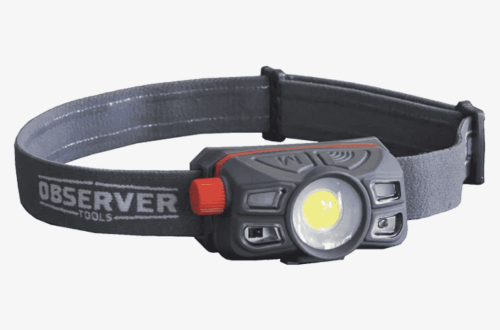When manufacturers consider buying a CNC milling machine or upgrading existing equipment, one of the first things they evaluate is spindle speed. In today’s precision-driven production world, the 5 axis vertical machining center has become the go-to solution for complex parts, faster cycle times, and higher accuracy. These machines allow cutting tools to approach workpieces from multiple angles, which significantly reduces setups and improves tolerances. Whether you’re in aerospace, medical device manufacturing, or automotive component production, a 5 axis vertical machining center can revolutionize how you machine parts by combining speed with flexibility.
Why Spindle Speed is Critical
The spindle is the heart of any milling machine. In a 5 axis vertical machining center, spindle speed determines how efficiently you can cut materials ranging from aluminum and titanium to hardened steels. High spindle speeds allow for finer finishes, faster material removal, and reduced tool wear, while slower speeds are better for heavy cuts or harder materials. By matching spindle speed to the material and operation, you improve both productivity and part quality.
Material Considerations in a 5 Axis Vertical Machining Center
Different materials require different spindle speeds. For example, lightweight metals such as aluminum benefit from very high RPMs because they allow faster feed rates and clean chip evacuation. Harder alloys such as Inconel or titanium require slower spindle speeds but greater torque. This versatility is where the 5 axis vertical machining center shines: its robust spindle designs handle a wide range of speeds and loads, allowing manufacturers to move seamlessly between materials without changing machines.
Tool Life and Accuracy
Spindle speed also affects tool life. In a 5 axis vertical machining center, improper speed settings can lead to premature tool wear, heat buildup, and even part distortion. Experienced operators and CAM programmers understand that balanced speeds reduce vibration, improve chip formation, and extend tool performance. Longer tool life means lower costs per part, fewer interruptions, and more predictable production schedules.
Cycle Time and Setup Reduction
One of the greatest benefits of using a 5 axis vertical machining center is reduced setup time. Because the spindle can approach the workpiece from multiple angles, you often machine all features in a single clamping. Faster spindle speeds further shorten cycle times by allowing higher feed rates and more efficient chip removal. This combination—multiaxis flexibility and optimized spindle speed—creates a powerful productivity boost that traditional 3-axis machines simply can’t match.
Automation and Advanced Controls
Modern 5 axis vertical machining center models come with sophisticated control systems that make it easier to adjust spindle speeds on the fly. Features like adaptive control automatically monitor cutting conditions and fine-tune RPMs to maintain consistent load and prevent chatter. This not only protects expensive tools and parts but also allows operators to run unattended shifts with confidence.
Final Thoughts
Selecting the right spindle speed when buying a CNC milling machine is not just a technical detail; it’s a critical decision that affects part quality, cycle time, and cost per unit. By understanding how spindle speed interacts with materials, tooling, and machine design, you can unlock the full potential of a 5 axis vertical machining center. These machines provide unmatched flexibility and precision, making them ideal for manufacturers who want to stay ahead of competitors in demanding industries.
Whether you’re machining intricate aerospace brackets, orthopedic implants, or custom automotive parts, the proper spindle speed on a 5 axis vertical machining center ensures consistent quality, reduced tool costs, and faster turnaround times. By integrating these best practices and leveraging advanced machine capabilities, you’ll gain a competitive edge in a market where precision and efficiency matter most. And as you continue refining your processes, you’ll naturally explore complementary technologies such as cnc vertical machining for projects where multiaxis capability may not be required but high precision is still critical.





